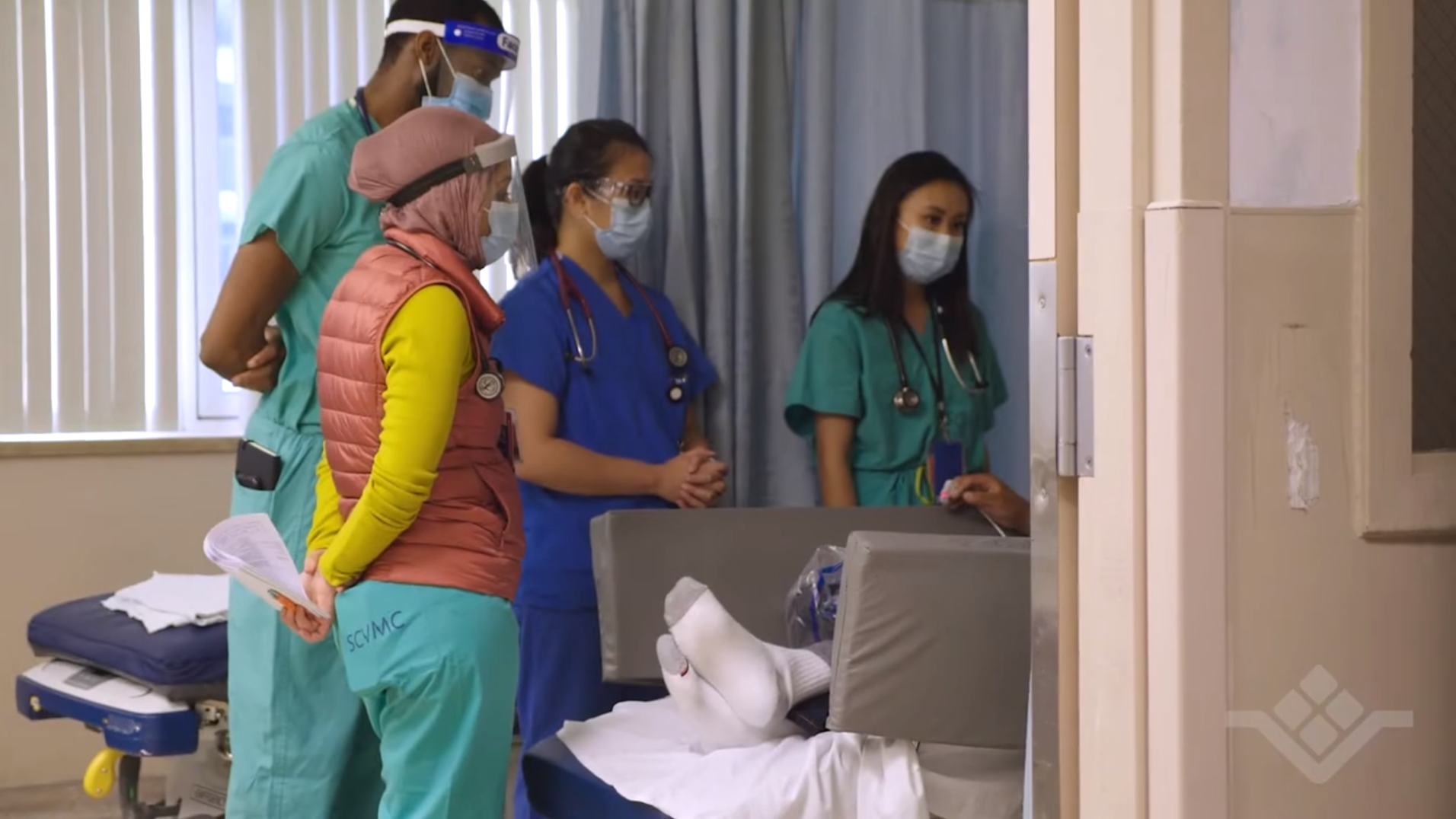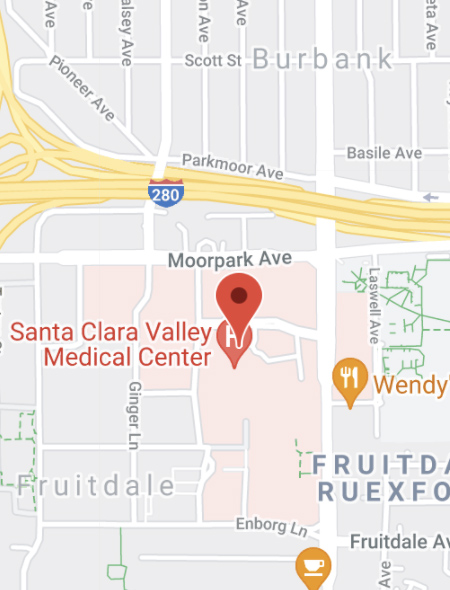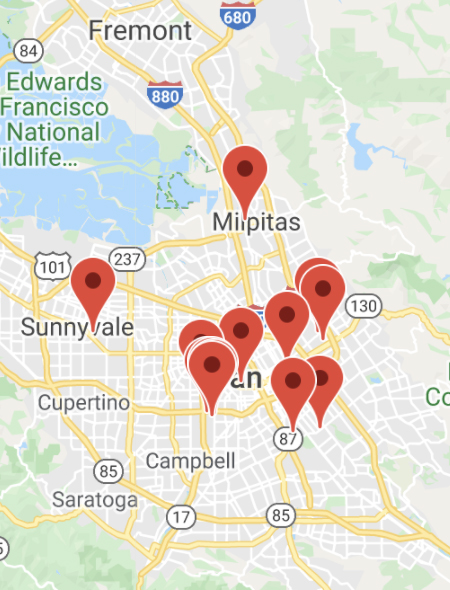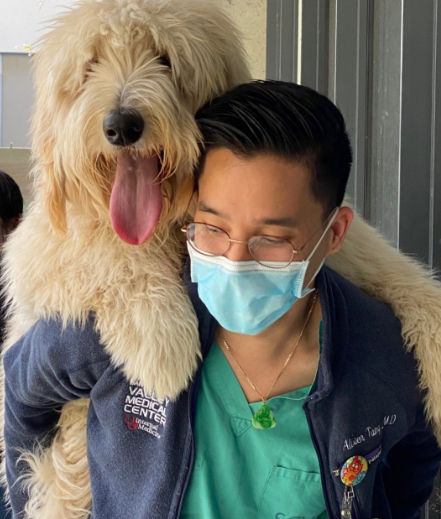INTERNAL MEDICINE RESIDENCY
Welcome
INTERNAL MEDICINE RESIDENCY

*By clicking on the “Watch External Video” button, you will leave this website, enter a non-County of Santa Clara website, and be subject to the destination website’s privacy policy. Please see our Links Policy for more information.
Thank you for visiting the Santa Clara Valley Medical Center Categorical and Preliminary Internal Medicine Residency website. This page will provide a brief overview of this year’s application process.
2022-2023 INTERVIEW SEASON:
For the 2023 application cycle, our program will continue to participate in the supplemental ERAS application. We view our participation in this program as helping the UME and GME community make improvements to the residency application process. Please rest assured, however, that every application will be holistically reviewed, regardless of participation in this voluntary program.
Consistent with the AAMC and AAIM guidelines, our interview season will be entirely virtual. Although we will do our best to virtually recreate a typical interview day, we know there is still much that cannot be replicated: that ineffable sense of a place - the culture you glean from the interstitial moments of an in-person interview day. To accommodate that absence, we have added content to this website and hope that it helps you gain insight into our best feature: the VMC residency family and culture.
While we fully commit to the cost savings and potential increase in equity afforded by a virtual interview season, we understand some of you may want to visit Santa Clara Valley Medical Center in person before deciding where we belong on your rank list. If you are in the area you are totally welcome to visit, and if desired, you can arrange to spend time with a resident team, attend a case-based educational session, and enjoy some catered noon-conference food. Please note, however, that any such visit is completely optional and not part of our interview process. Your visit will have zero impact on our ranking process, will not be tracked, and you will not meet with program leadership during your visit.
Lastly, we will be using the Thalamus platform for our recruitment process. If you have unanswered questions after reviewing our website, I encourage you to reach out directly to me at [email protected]




